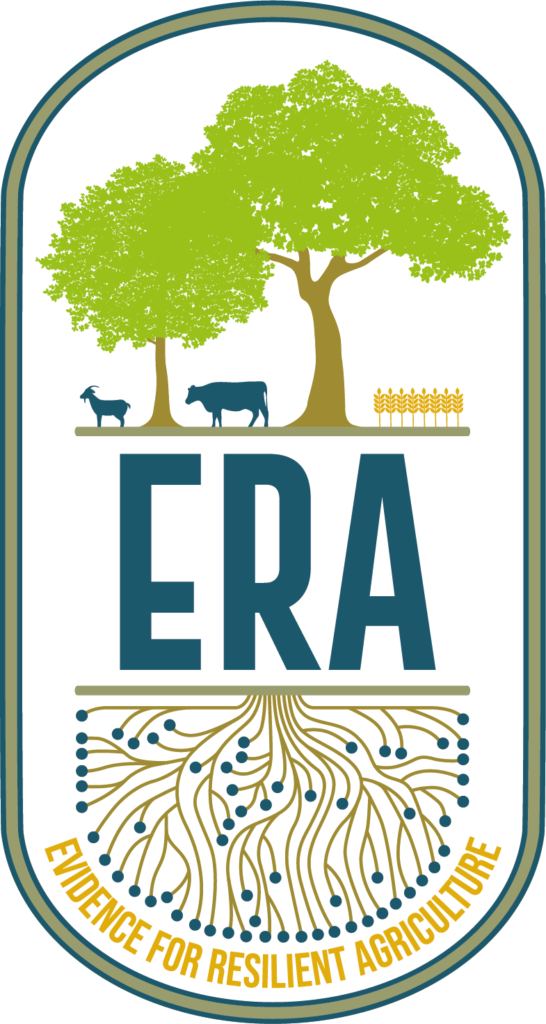
Evidence of Resilient Agriculture (ERA) as a platform, provides tools and data that are designed to show agricultural technologies and indicate what works where. ERA is an analytical engine and meta dataset built to discuss questions. It provides a diversified synthesis of the implications involved in shifting between technologies based on system resilience, climate change mitigation, and productivity as the key indicators.
The livelihoods of rural communities depend on farming and in many instances, farmers use traditional ways of managing livestock, crops, and trees. These practices have been applied for years but often result in reduced yield which threatens food security in Sub-Saharan Africa (SSA) as well as economic and nutrition development. Transforming agricultural food production is paramount for future rural livelihoods.
ERA supports the scope of analysing the database in various ways. Meta-analysis allows for a combination of research results in a statistical way across studies. ERA focuses on calculating the effect size and response ratios statistics. The effect size estimates the variability and magnitude of the relationship between a control and experimental treatment. The experimental treatment is an adoption of a technology for the different practices in the ERA dataset. ERA has 10 practices, that is, Agroforestry, Crop management, Non-CSA, Animals, Energy, Water management, Nutrient management, Genetic improvement, Soil management, and Postharvest. The response ratio is the log ratio of the mean treatment against the mean control of a practice and can be combined to generate an effect size. Meta analysis is run on an ERA package that can be used on R studio to run different analyses across the dataset.
ERA uses weighted mean when calculating the effect size to reduce bias from any study for example a study that had many observations. It also weights results based on the level of precision of a study.
ERA computes additional analysis types using the meta-analysis. These include benefits and risks of switching between practices, costs, and the advantage or disadvantages of bundling technology but are not limited to these.